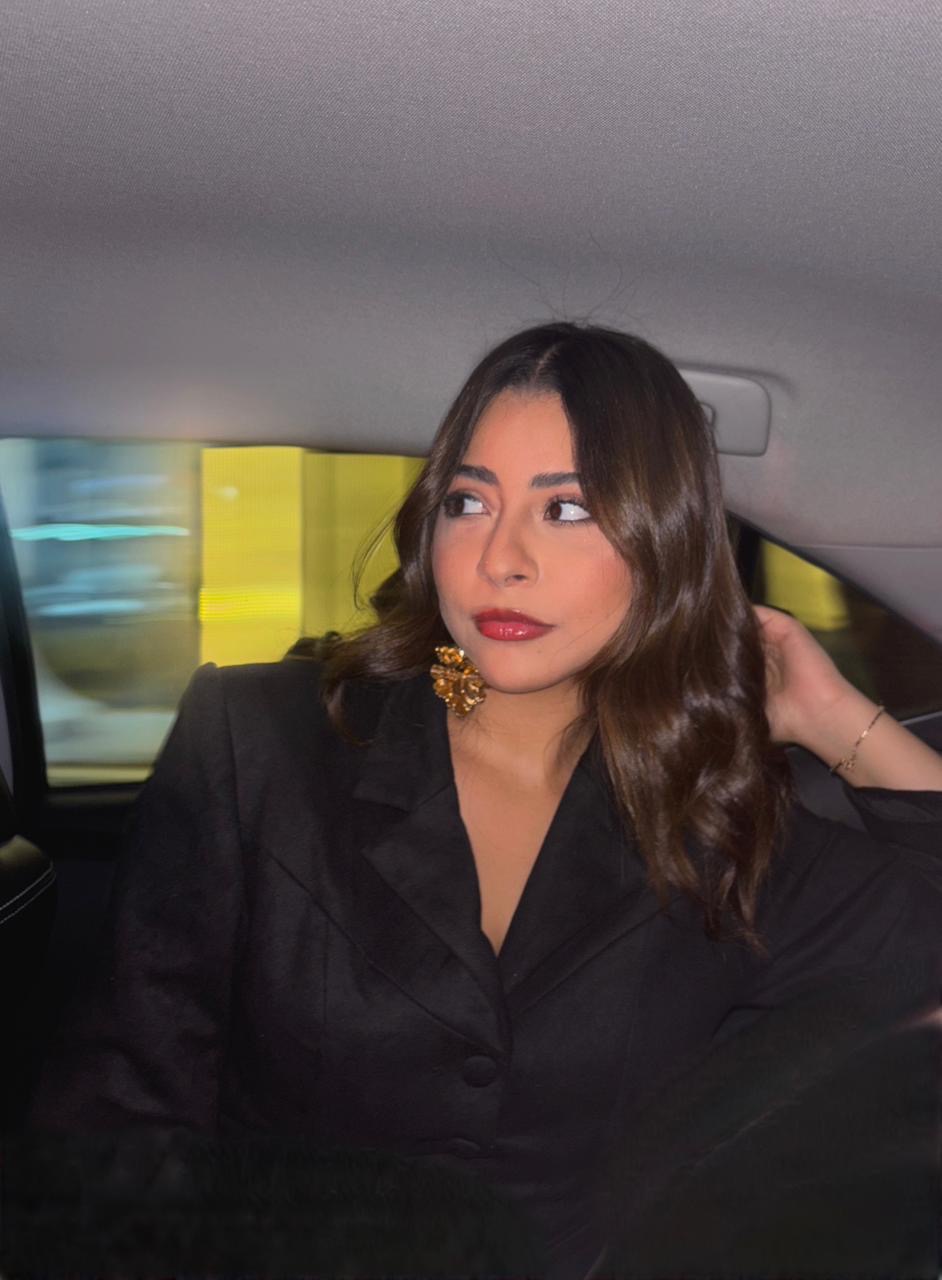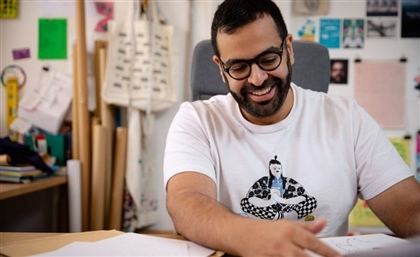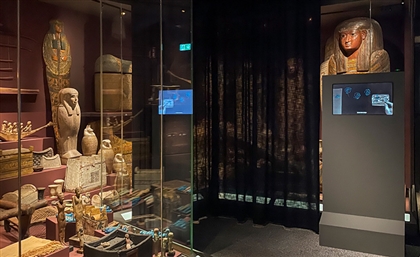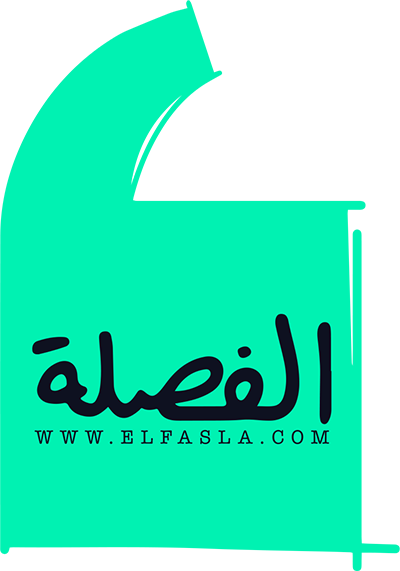Artist Hmoud Al Attawi on the Structure of Faith & Other Odd Systems
Through larval cocoons, ant swarms, digital prayer rings, and lizard blood, the Saudi artist examines how belief mutates – and survives – in the modern Gulf.
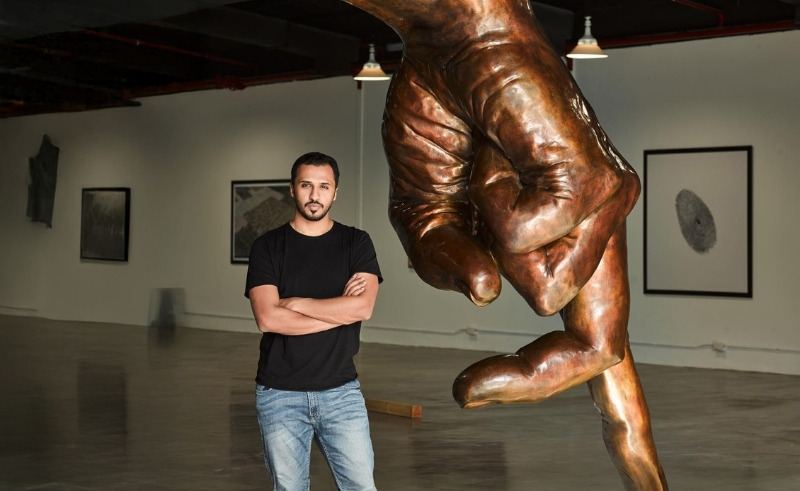
Inventory of a mind: a ring of blind ants marching themselves to death; a six-year-old given a sip of lizard blood; a children’s finger-chant that ends in a tickle and a shiver; a plastic tasbih-counter clicking numbers into the dark; a cocoon called sorfa suspended between thorned branches; moon-crests on minarets repainted ambulance red; sour milk dried into palm-shaped fossils. This is just the foyer. Past it, the corridors keep splitting.
Each of these fragments seems unrelated, yet together they map the terrain Hmoud Al Attawi moves through, where belief, habit and invention blur, and the language of culture keeps rewriting itself in strange, bizarre and reflective ways.
Hmoud Al Attawi is a Saudi artist whose practice moves between sculpture, installation, and conceptual research, tracing how faith, ritual, and technology shape the collective imagination of the Gulf. For him, his practice is a spiritual inquiry that comes with hardware. Metal, glass, concrete, pixels, rings. “I see faith, identity, and technology as continuous layers rather than opposites,” he tells me. “Technology is part of how we seek meaning, not its enemy.” If that sounds conciliatory, the works aren’t. They are eerie, clinical, and strangely tender; rituals rebuilt with unfamiliar screws.
His project SORFA (2023) reflects a hoverfly larva that thrives in the Arabian desert, where it weaves a hardened cradle camouflaged among tamarisk and arta twigs. Al Attawi treats this object as architecture before architecture: culture learned from a larva.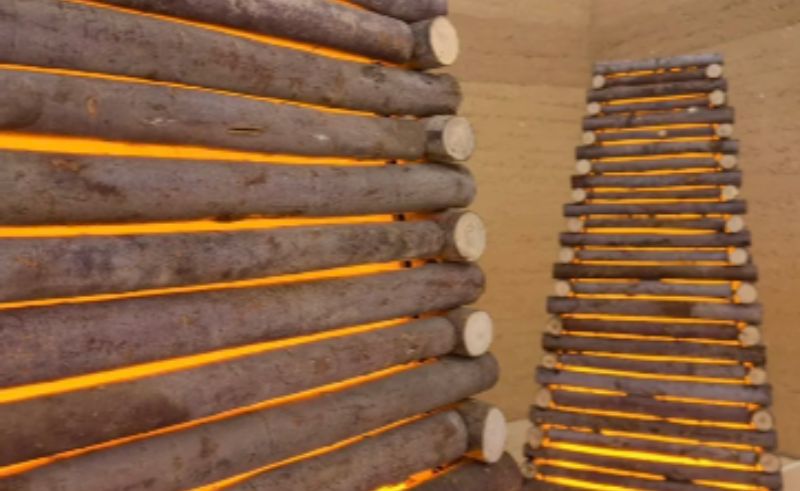
“For me, spirituality begins with attention and honesty,” he says. “Repetition, silence, the material answers back if you listen.” Sorfa proposes that adornment and defence are the same motion, that a body learns survival by borrowing a costume from its ecology.
Once you recognise sorfa as a theory of building, skin turned citadel; you start to see why Al Attawi keeps swapping symbols between bodies to test which organs still beat. Al Attawi often takes cultural or religious symbols (the crescent, the ant, the ring, the blood) and recontextualises them, he transplants them between different systems (faith, technology, medicine, play) to see which ones still hold meaning or “life.”
RED CRESCENT (2023) stages a blunt exchange: crescents from mosques recoloured as medical emblems. It’s a pandemic parable, yes, but also primarily meant to be a recalibration of sanctity. When worship pauses, triage becomes liturgy; charity migrates from a mosque’s donation box to an ICU bed. The world looks different when the holy symbol belongs to the ambulance.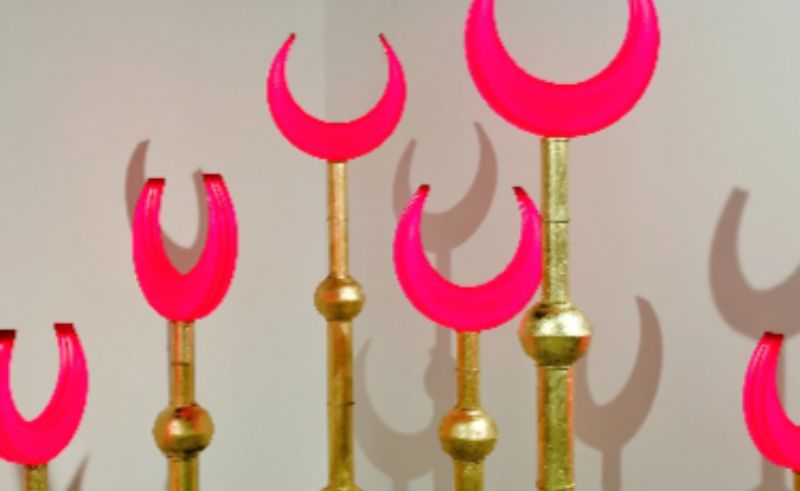
Here, the artist’s method runs like this: you take an emblem apart, plug it into an incompatible circuit, observe the current. If the light still comes on, the belief is always larger than the icon.
In ANT MILLS (2022) and BLIND ANTS (2022), the whirly movement of the tiny creations seems to be his obsession, the swarm is teacher and warning. Army ants, blind, pheromone steered, can spiral into a loop until exhaustion erases the difference between ritual and trap, eventually, the colony collapses in mass death.
“I’m fascinated by how people surrender their individual rhythm to a larger order,” Al Attawi says. “Sometimes it’s unity, sometimes it’s loss, but it always reveals our need for meaning.” On his web page, the Kaaba tawaf ritual is juxtaposed by the ant mills, centre and orbit: law and life; almost algorithmic, that is precisely the point. It’s a dialogue between source and movement. “The Kaaba represents orientation and unity, while the organic forms suggest life’s constant motion. Together they form a meditation on stability and change.”
“The algorithm becomes a metaphor for our search for structure and belonging,” Al Attawi says. Attawi’s recurrent theme of circular movements wants you to ask: What if collective behavior can calcify into circles we mistake for order because the smell of “everyone” is intoxicating? It’s a reflection on how collective faith can become self-perpetuating; how we often follow the loop just because everyone else does, and how Al Attawi’s work exposes that tension without moralising it.
BARAZAT BLOOD (2022) is intimate and disturbing: a childhood memory of a mother dosing a bronchitic son (Hmoud himself) with the blood of a desert lizard, folk cure. The piece pries open trust: how far into the body can a culture travel when it insists it is saving you?
With DABAYA, Attawi translates a children’s finger-game, the melody, the nonsense syllables, the slow trace, the final tickle, into sculpture. It’s silly until you realise play is a choreography that moves generationally through skin.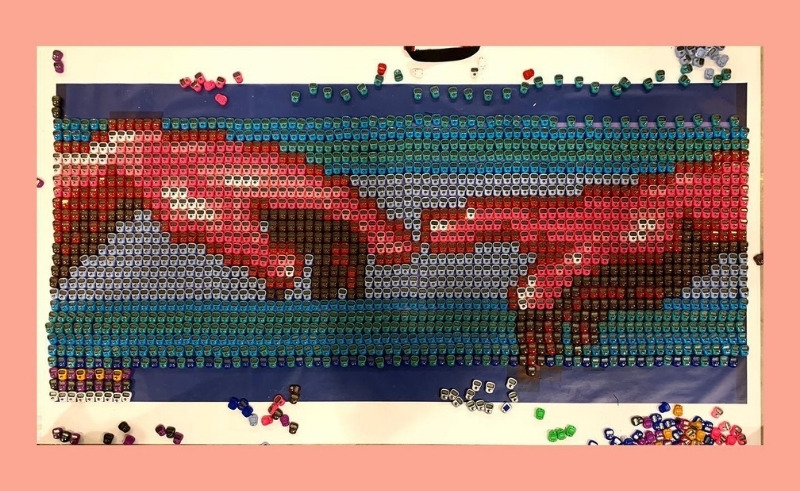
In CONNECTION, Attawi questions how modern tasbih has packed devotion to an index finger and a digital counter: a plastic ring that counts dhikr clicks, remembers the last number after power goes. Hundreds of digital rings converge to Michelangelo’s Creation of Adam. “I focus on the essence, not the icon,” he says. “Light, direction, repetition, these are sacred languages on their own.”
By turning the act of dhikr (remembrance of God) into a click, the work wonders when devotion crosses from a felt gesture into a coded input. It asks if meaning can survive translation into plastic and pixels; if something sacred can still feel sacred when mediated by a flickr.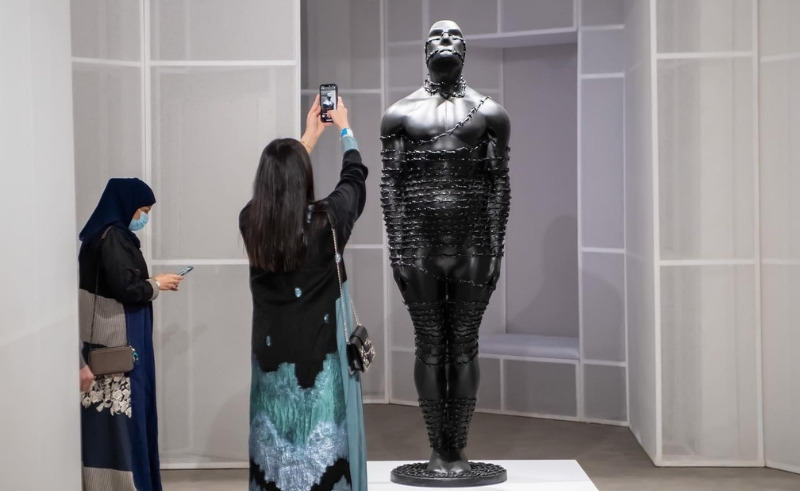
A short glossary for the bizarre
1. Wolf’s kohl (sorfa): a larval architecture that doubles as a cultural proposition.
2. Red crescent: medical sanctity, urgently borrowed from the minaret.
3. Ant mill: devotion when guidance is replaced by the phermones of the crowd.
4. Bazarat Blood: cure, myth, and the intimacy of tribal belief.
5. Finger-chant: a folk algorithm; play as archival memory.
6. Counter ring: quantified prayer outsourced to plastic.
7. The ant swarm: orientation meeting life; a system that might save you or swallow you, depending on what you ask of it.
Trending This Week
-
Nov 19, 2025







